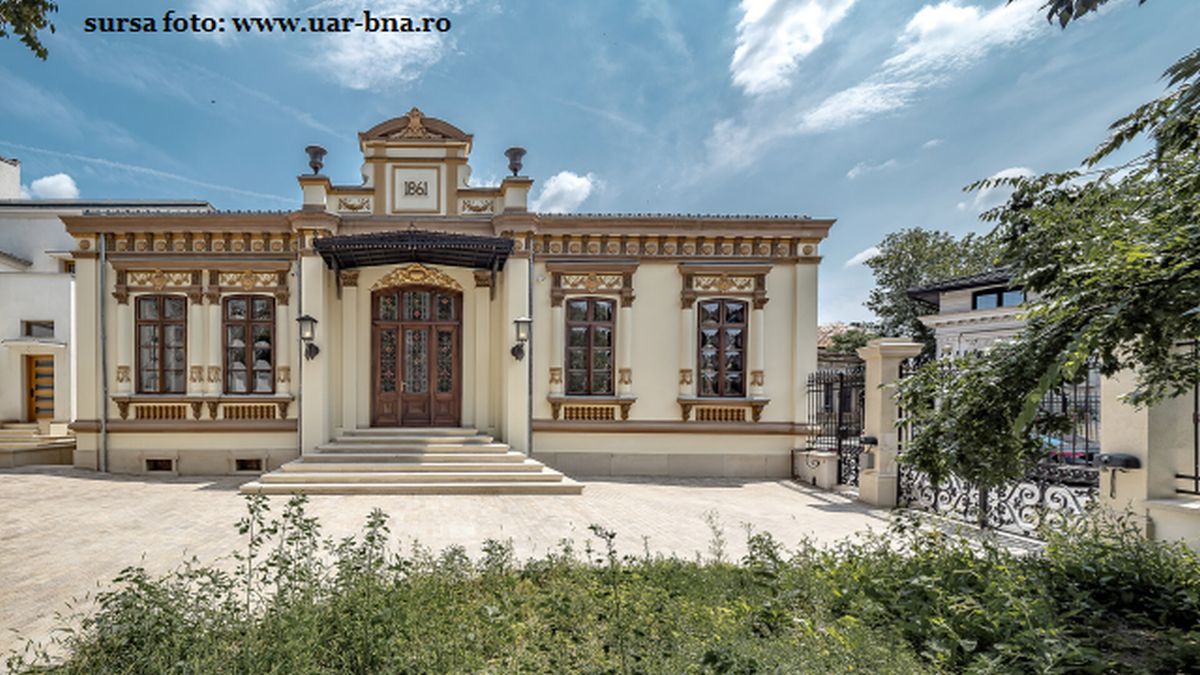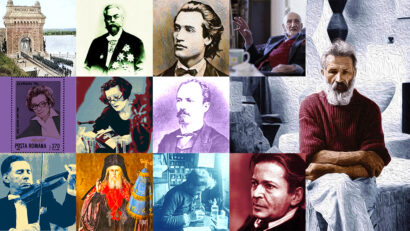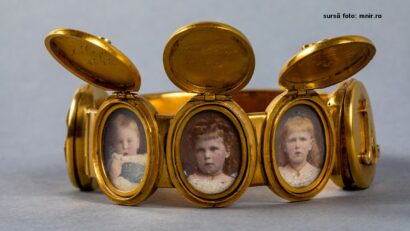The house with arched windows
A beautiful old house in Bucharest has been restored to its former glory.

Christine Leșcu, 09.03.2024, 13:31
In the eastern part of Bucharest, in the area that used to be called Bariera Vergului and that marked one of the city’s outskirts, now lies one of the capital’s historical districts, a merchant district of the petty bourgeoisie, which has already entered urban mythology. There is also the House with arched windows, named so due to the novelty of concave windows, at the time. Its celebrity has endured to this day and was perhaps one of the reasons for its recent restoration. The architect Andrei Atanasiu, the coordinator of the restauration works, shares with us the history of the house with arched windows: ”We have not been able to find out who designed the original house. We only know that the person who built it was called Petrache Dancovici and that he was a merchant who had a shop on the Lipscani commercial street, selling construction materials.
Legend has it that this is where the name the house with arched windows comes from. He is believed to had chosen the arched windows and had ordered them in Leipzig. We know precisely the year when it was finished, 1861. It was a time when many merchants built their houses in this area of Bucharest called Mahalaua Vergului. And after the great fire that took place in Bucharest around 1840, the area was systematized and cleaned up a bit, because it initially was an unsanitary slum. In the end, a neighborhood was built in this area, inhabited mostly by merchants. Most of the children of these merchants were educated and so it became a neighborhood of doctors because the children, mostly doctors, inherited the houses from the merchants, that is, from their parents.”
What happened afterwards with the heirs of merchant Dancovici, we learn from architect Andrei Atanasiu: “The merchant Dancovici had no children and left the house as an inheritance to the sons of his younger sister, who was married to another merchant, Constantin Paulescu. One of the children was scholar Nicolae Paulescu, who also lived in this house together with his sister and her children. During the communist period, however, the house underwent further changes. It also had a smaller house attached to it. They most likely had the same style initially, but in the interwar period the small house was transformed and a block of flats was built in its place. The big house with arched windows was also transformed during the communist period. The facade to Hristo Botev Street was completely devoid of ornaments. It was difficult for us because we had to rebuilt all those ornaments. But, thank God, we had preserved the original ornaments on the other facades and were able to make molds after them and reset them in their original position.”
Following the restoration, the exterior decorative wrought iron elements were redone, as were the stained glass windows at the main entrance. The chimneys have been restored to their original form and kept for decorative purposes only. The scientist and physiologist Nicolae Paulescu lived until the year of his death, 1931, in the house with arched windows, which covers an area of 237 square meters, has only a ground floor and an attic. Who designed it? Andrei Atanasiu explains: “The house cannot be included in a precise style so we say that it is eclecticism, meaning a combination of classic styles from all historical periods. Most of the houses in Bucharest are eclectic, that is, they combine the classical style with the baroque and others. There is no clean style, but a mixture of elements. It was a fashion back then, that’s for sure. Even today we can consider the house to be slightly kitsch, given that it has those arched windows and is multi-colored. But that was the fashion of the time. That was the fashion back then, that’s how people valued beauty.”
Today, the house with arched windows helps us recreate the past atmosphere of the neighborhood, and is an example of successful restoration works.






























